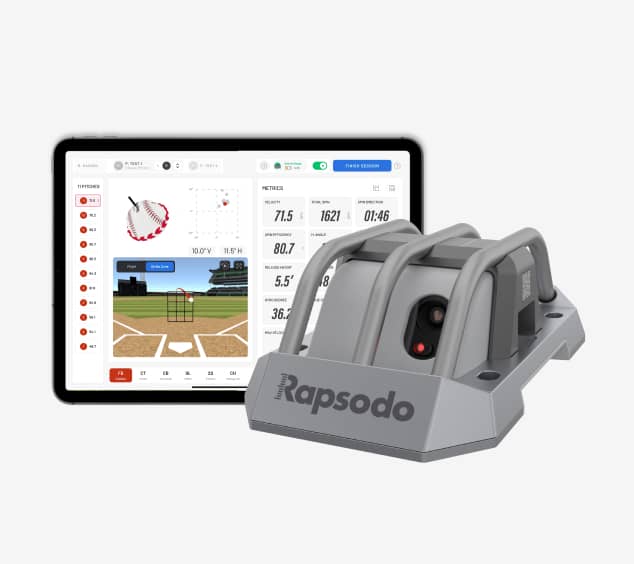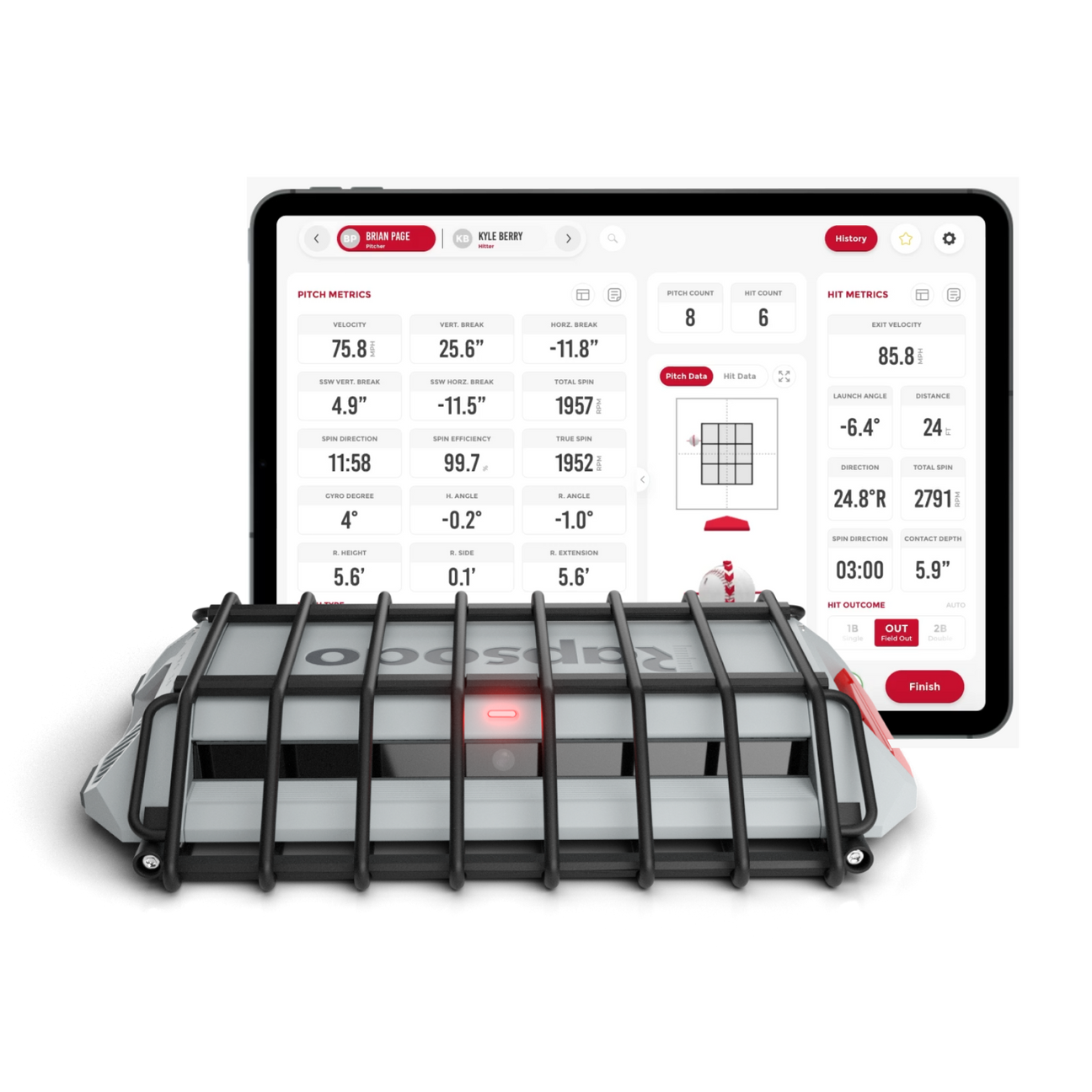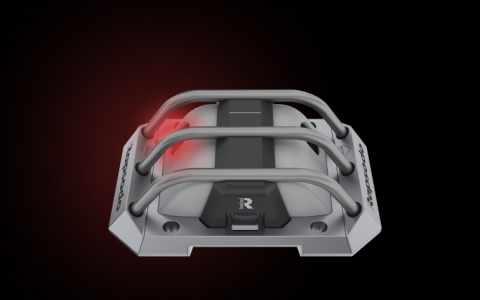Okay, folks, let’s dive into my little experiment with this Rapsodo Baseball thing. I’d heard some buzz about it, so I decided to check it out myself.
First, I started by doing some digging online. I wanted to see what this gadget was all about before I got my hands on it. It’s basically a tool that’s supposed to track all sorts of data when you’re pitching or hitting. I found a few videos and articles, and it seemed pretty cool, although a little bit intimidating with all the numbers and charts.

Getting Started
Next, I got my hands on a Rapsodo unit. I borrowed one from a buddy who coaches a local team. He gave me a quick rundown on how to set it up, which honestly seemed a little complicated at first. There’s a camera and a radar unit, and you have to make sure they’re aligned properly and connected to an iPad or something.
- Unboxing: It came in a neat little case, which was a good start.
- Setting Up: This took a bit of fiddling. We had to follow the instructions carefully to get the positioning right.
- Connecting: We paired it with an iPad, and after a couple of tries, it connected fine.
Using It
We headed out to the field. My buddy’s team was having practice, so it was the perfect opportunity to see this thing in action. He set it up behind the home plate for hitting and then moved it for pitching. It looks a bit like a small, high-tech camera tripod.
Once it’s set up, it’s pretty much automatic. The players just did their thing – pitching and hitting. The Rapsodo tracked everything and sent the data straight to the iPad.
We saw all kinds of numbers popping up on the screen:

- Pitch velocity
- Spin rate
- Launch angle
- Exit velocity… And a bunch more!
It was pretty wild to see all that data in real-time. Honestly, it was a bit overwhelming at first, but my buddy showed me how to filter the data and focus on the key metrics. It will need more time to get familiar with that.
My Thoughts
After watching it in action, I can see the appeal. For a serious player or coach, this could be a really useful tool. All that data, if you know how to use it, could give you some real insights and ways to improve. But for a casual player, it might be a bit much, I guess it depends on one’s intention.
It’s not cheap, that’s for sure. But if you’re really dedicated to baseball and want to get an edge, it might be worth looking into. I’m not sure I’ll be buying one myself anytime soon, but I’m definitely glad I got to try it out and see what all the fuss is about. It definitely shows that there is a very high ceiling for any sports combined with technologies.











